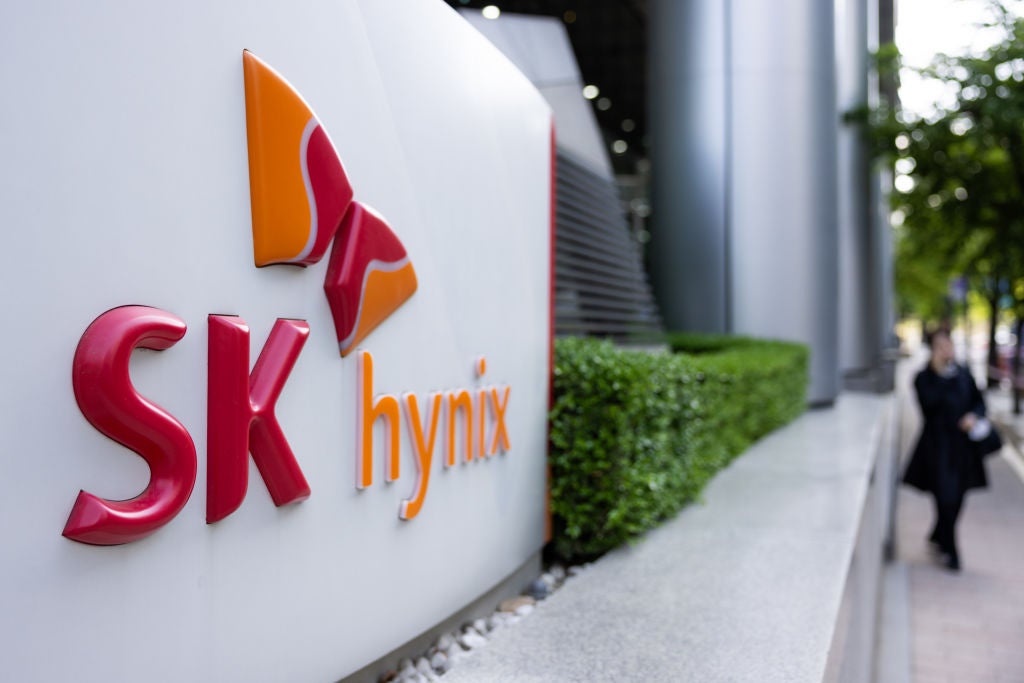
Data is the new oil, or so it’s said, and every business wants a piece of it. But only a few businesses know what to do with data once they have it, according to the latest research.
A recent poll by Forrester Consulting shows that 64% of businesses believe they are data-driven, but only 23% are prioritising the usage of that data across the organisation. Moreover, two-thirds say they need more data, but up to 70% state they have more data than they can process. Today’s trend in business is to be data-driven, but none of that is helpful if companies cannot leverage that data effectively.
Also remarkable is the apparent lack of investment in artificial intelligence (AI), despite the ongoing hype surrounding the topic: according to a separate study conducted by Opinium, British businesses are prioritising IT investments in areas such as cybersecurity, cloud infrastructure and 5G.
“Clients and organisations that we work with are trying to figure out how to get the best from their data, but very simply, it’s easy to say I want to get the best from the data, but then consolidating your data and figuring out how to process your data — having the teams in place, the data scientists in place. That’s all a big ask,” Dayne Turbitt, senior vice president at Dell Technologies UK, tells Verdict.
The study conducted by Opinium shows that British businesses are prioritising IT investments that allow them to respond to the pandemic and the changing digital ecosystem. The census questioned 2,000 UK respondents working in IT roles and found that cybersecurity is thought to be the most important IT investment over the next five years, closely followed by cloud infrastructure and 5G.
The apparent lack of interest in AI investment is remarkable given the ubiquity of the topic. The results show that only 10% of IT companies in the UK see AI as a top priority.
How well do you really know your competitors?
Access the most comprehensive Company Profiles on the market, powered by GlobalData. Save hours of research. Gain competitive edge.

Thank you!
Your download email will arrive shortly
Not ready to buy yet? Download a free sample
We are confident about the unique quality of our Company Profiles. However, we want you to make the most beneficial decision for your business, so we offer a free sample that you can download by submitting the below form
By GlobalData“There’s a lot of talk about edge and artificial intelligence, but actually, I think there’s more a ‘back to basics’ here in the UK, which is, how do I protect my data? What do I do around cloud infrastructure and how do I get access to 5G, which will speed up machine to machine communication?” says Turbitt.
Researchers in the field have also predicted that a new winter may be coming for AI. Arguably, the last decade has seen a summer for the emergent technology, but perhaps the hype is coming to an end.
To some, this may come as a surprise. After all, AI seems to be everywhere these days, with companies claiming to use the cutting-edge technology to gain insights, cut costs, optimise supply chains and boost customer experiences.
Yet, that may precisely be the problem, with AI increasingly becoming an empty buzzword, argues Turbitt. “There’s artificial intelligence to the extreme, where you process thousands and thousands of terabytes of data to get to a really smart answer. And then there’s artificial intelligence quite simply, which is a chatbot.
“So artificial intelligence spans a huge remit in terms of what is artificial intelligence. And I think that we lose that in the use of the buzzword. It goes back to technology for technology’s sake versus technology for a purpose.”
Then there is also the issue of data bias in AI models and algorithms. The first type can simply arise when a dataset is not large enough, which can lead to erroneous outcomes. But the second type of data bias, which is arguably more insidious, is encoded by the people designing the AI algorithms.
Turbitt points out that there are two important factors to take into account when creating AI algorithms:
“One, if your data set isn’t broad enough, you could have a response that skews it in the wrong way. And then, you need to constantly be checking that you’re not building in preconceived notions or preconceived biases into your AI algorithm. That’s very important in the future.”
In the end, it will come down to the comparative advantage that an AI model can provide for a business, for instance, by reducing costs or improving response times.
“I think that artificial intelligence and machine learning will definitely have a place, but it comes back to what is your use case,” Turbitt adds.
Cybersecurity over AI
Instead of AI, the Opinium survey suggests that UK businesses are far more worried about cyber threats, with 83% of respondents stating their organisation has accelerated its implementation and adoption of new cybersecurity measures and systems.
Indeed, a series of headline-making international ransomware attacks – including the attacks against the Colonial Pipeline, meat processor JBS and IT vendor Kaseya – have put cybersecurity in the spotlight. Earlier this week, the UK’s National Cyber Security Centre (NCSC) said it had recorded and offered support for 777 cyber incidents over the past year, up from 72 in 2020.
“British businesses continue to grapple with the two biggest existential threats they’ve faced in decades: the pandemic and cybercrime. It’s not surprising that responding to both remain top priorities,” Turbitt says.
“That’s what I think is most critical, figuring out what your critical data is and putting it somewhere safe so it cannot be used against you. That, I think, is the single most important thing that has come out of that data survey and what clients are looking at today,” Turbitt asserts.
A change in the clouds
After cybersecurity, cloud infrastructure was also highlighted as a key area of investment for IT companies.
Turbitt predicts that 75% of the data in the next five years will be processed at the edge of the cloud. Dell is seeing a shift to hybrid cloud models, whereby companies have multiple cloud strategies.
This may well change the dynamics in the cloud industry, currently dominated by Amazon Web Services (AWS), Microsoft and Google Cloud.
“If you think 75% of the data that gets processed is at the edge, all of their computing power is sitting in central locations in the cloud. So, the question then becomes: What is the race to the edge? And that would be a big debate in the IT industry.”
One can understand the magnitude of this debate when looking at market predictions. GlobalData forecasts estimate that the data centre market was worth $466bn in 2020 and that it will grow at a compound annual rate of 6.7% over the next decade to be worth $948bn by 2030.
Of course, the cloud market does not only consist of data centres. The industry encompasses infrastructure as a service (IaaS), platform as a service (PaaS) and software as a service (SaaS). Verdict previously reported that due to these subsets – and at times opaque reporting techniques – it is difficult to directly compare the big players to see who is leading the pack.
When it comes to IaaS, research firm Canalysis found that AWS comes out on top, accounting for 31% of the market. Azure came in second with a 22% share, while Google came in third to scoop up 8% of all cloud infrastructure spend.
Analysis by GlobalData’s thematic scorecard puts Microsoft’s Azure in the top spot for cloud services. However, this may soon change. Turbitt predicts that the trend in the market and the increased investment in edge will further stir up the market.
“I’m seeing the cloud landscape, or cloud wars if you want to call it, change. I’m also seeing a lot of realisation from the hyperscalers that there is a very significant presence of on [premise] infrastructure.”
“We certainly believe that everything is multi-cloud. Any organisation that says, I’m going to move 100% to Azure, will never do that in the next 15 years. Any organisation that says it will be 100% on [premise] that will never happen,” he concludes.







